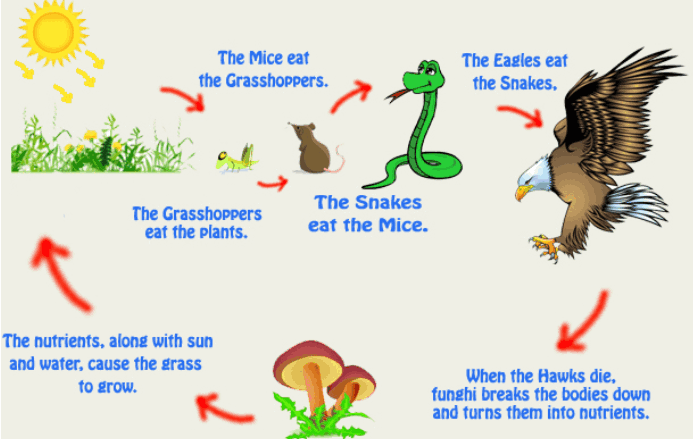Class 7 Science Chapter 12 Forests: Our Lifeline Notes FREE PDF Download
FAQs on Forests: Our Lifeline Class 7 Notes: CBSE Science Chapter 12
1. What topics are included in the Forests - Our Lifeline Class 7 notes?
The notes cover topics such as the importance of forests, types of forests, biodiversity, deforestation, conservation, and the benefits of forests to the environment and humans.
2. Where can I find and download the Class 7 Forests - Our Lifeline notes PDF?
The notes PDF can be downloaded from Vedantu’s website online.
3. How do the notes help with understanding the role of forests in the ecosystem?
The notes explain how forests support biodiversity, regulate the water cycle, prevent soil erosion, and provide resources. This helps in understanding their critical role in maintaining ecological balance.
4. How nutrients are recycled in the forest?
Learning about deforestation highlights the negative impacts of forest loss on the environment, such as habitat destruction, climate change, and loss of biodiversity. It underscores the need for conservation efforts.
5. What are the benefits of forests mentioned in the notes?
Forests provide oxygen, help in climate regulation, offer habitat for wildlife, prevent soil erosion, and supply resources such as wood, food, and medicinal plants.
6. Are there diagrams or illustrations included in the notes?
Yes, the notes often include diagrams, illustrations, and charts to help visualise concepts like forest types, the effects of deforestation, and conservation strategies.
7. How can I use these notes to prepare for exams?
Use the notes to review key concepts, understand forests' importance, and remember essential facts about forest ecosystems and conservation methods.
8. What are some conservation methods mentioned in the notes?
Conservation methods include afforestation, reforestation, sustainable logging practices, and creating protected areas to preserve forest ecosystems.
9. How do the notes explain the concept of forest biodiversity?
The notes describe forest biodiversity as the variety of species living in forests, including plants, animals, and microorganisms, and how this diversity contributes to a healthy ecosystem.
10. Can the notes help understand human activities' impact on forests?
Yes, the notes provide insights into how human activities like deforestation, urbanisation, and industrialisation affect forests and emphasise the need for sustainable practices.
























